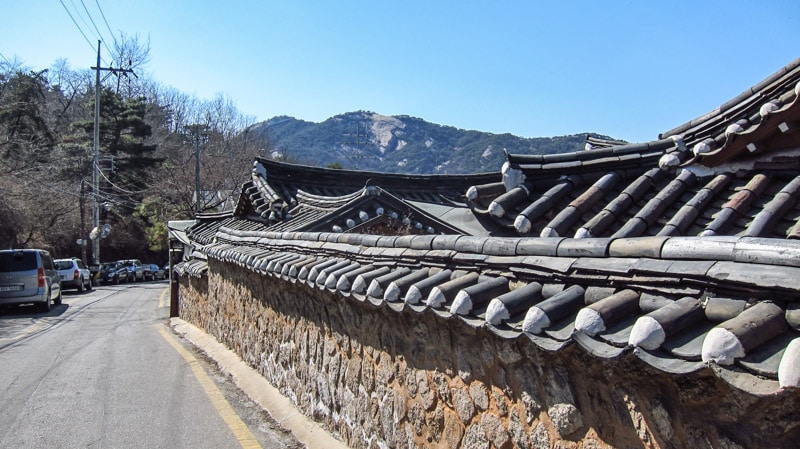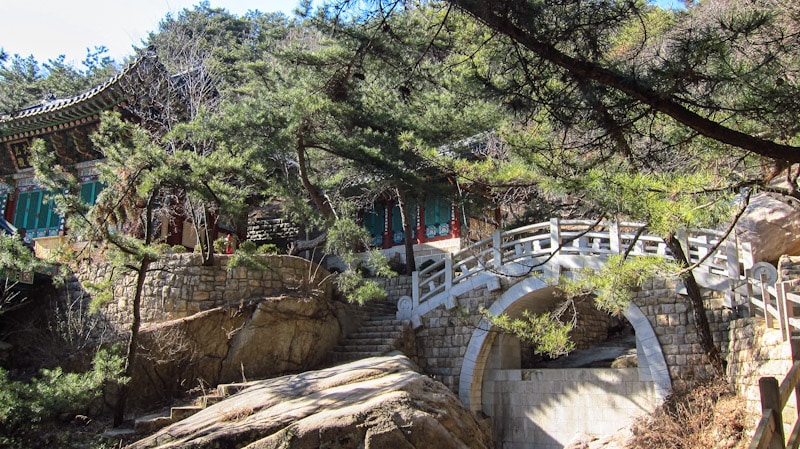
Geumseonsa Temple is a Buddhist temple situated to the north of central Seoul. It is located not far from Gyeongbokgung Palace and Cheong Wa Dae (The Blue House). Although situated near central Seoul, its location within Bukhansan National Park, sometimes referred to as Samgaksan, makes it feel a world away from the city’s hustle and bustle.
Geumsunsa Temple Information
Admission
Free
Map
Additional Resources
Viator by TripAdvisor
Viator is a popular online platform that helps travelers book tours, activities, and unique experiences worldwide, including in Seoul. It connects users with a wide selection of options – from sightseeing tours to cultural events and outdoor adventures – all offered by local providers.
Klook
Klook offers discounted tickets and reservations for various attractions and services in Seoul, from theme parks and museums to tours and transportation options.
Rakuten
Save money while exploring Seoul with Rakuten's cashback program. Book your hotels or other services through Rakuten and enjoy cashback rewards and exclusive deals.
If you sign up using the link below, you could earn $30 cashback on your first purchase over $30.
Book Recommendations
For an immersive guide to Seoul, many travelers choose to bring a book along. Fodor's Seoul, for example, offers detailed recommendations on sights, restaurants, maps, and travel tips.
Nearby Sights
Jingwansa Temple
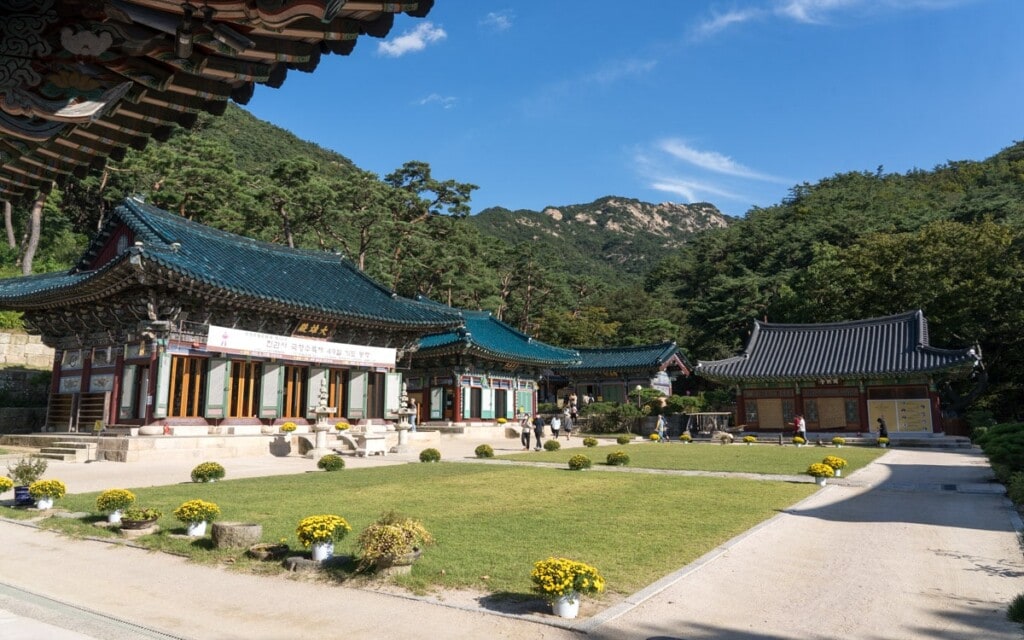
Jingwansa Temple is a Buddhist temple located in Bukhansan National Park on the western outskirts of Seoul, not far from Eunpyeong Hanok Village. Jingwansa is one of four temples considered to be the most prestigious in Seoul. The others include Bulmasa Temple in the east, Sammaksa Temple in the south, and Seunggasa Temple in the north.
Segeomjeong Pavilion
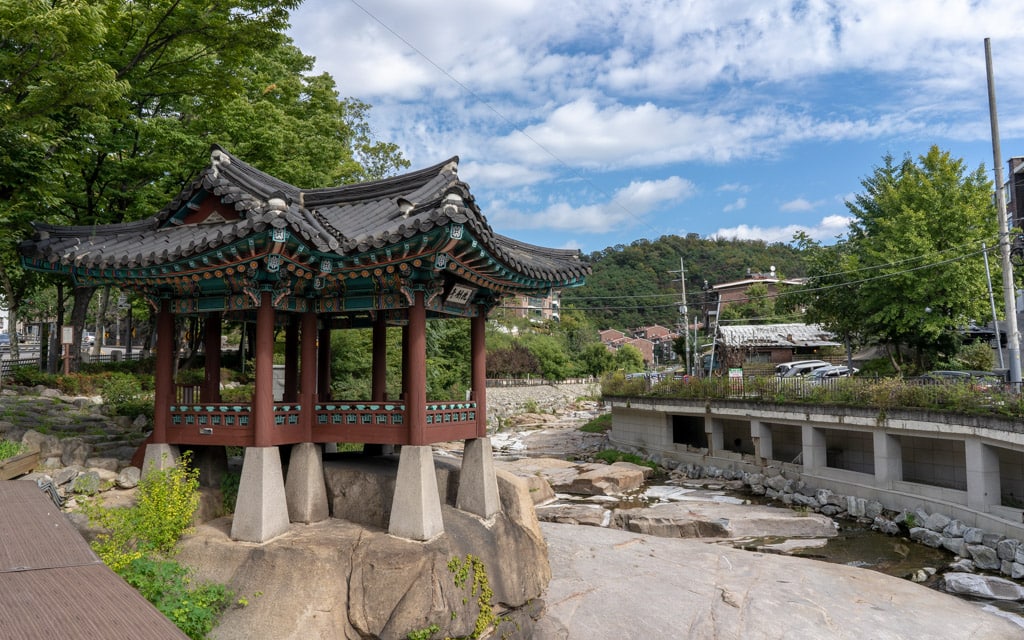
Segeomjeong Pavilion is a pavilion located on Hongjecheon Stream at the base of Mount Bugaksan in northwest Seoul. Due to its location, surrounded by nature, and built on a stream, the pavilion has been mentioned in many literary works, poems, and essays over the years. While historians aren't exactly sure when the pavilion was first built, its history dates back hundreds of years.
Hongjimun Gate and Tangchundaeseong Fortress
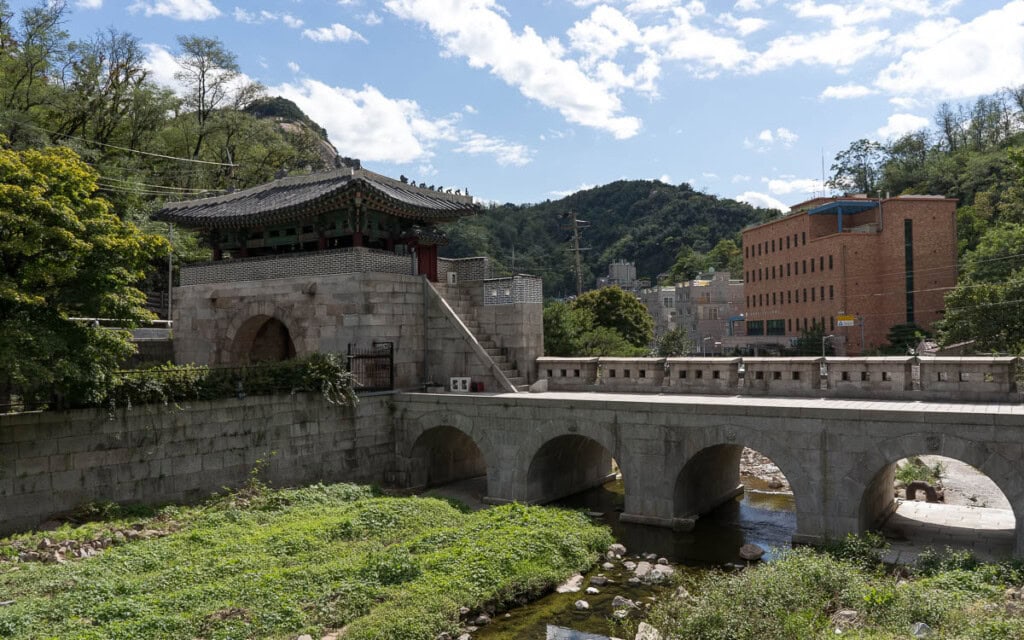
Hongjimun Gate is the main gate of Tangchundaeseong Fortress, built in 1719 during King Sukjong's reign. It served as a key defensive structure linking the Seoul City Wall (Hanyangdoseong) with Bukhansanseong, strengthening the capital's fortifications. Situated on the northern side of Hanseong, the name of Seoul during the Joseon Dynasty, Hongjimun was also called Hanbukmun.
Read more about Hongjimun Gate and Tangchundaeseong Fortress
Changuimun Gate (Jahamun Gate)
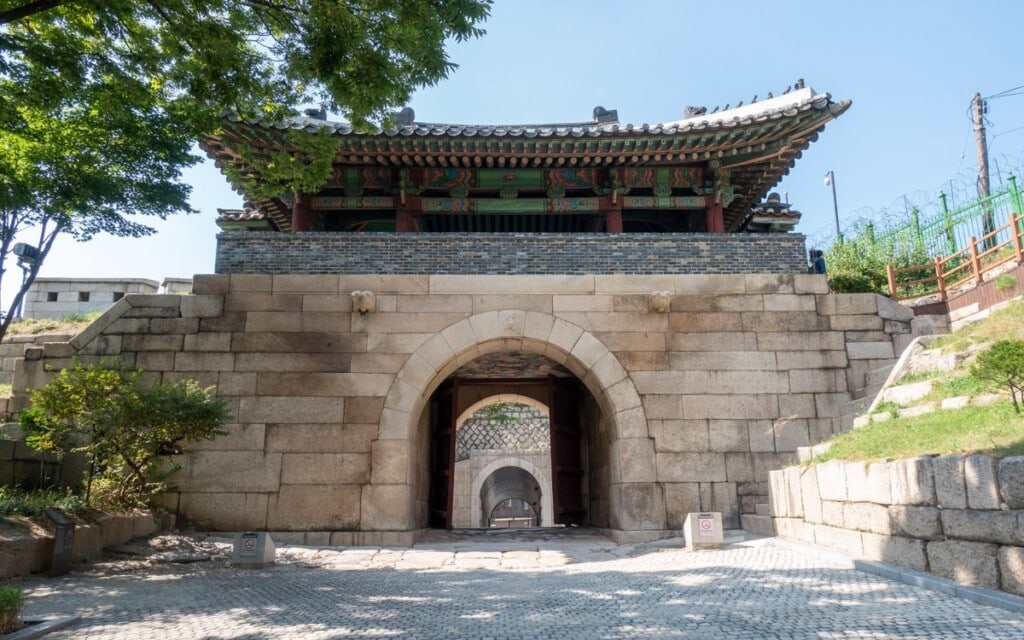
Changuimun Gate, located in northern Seoul, is one of the Four Small Gates of Seoul Fortress. In the past, the gate has also been known as Jahamun and Buksosomun. Construction started in 1396 during the beginning years of the Joseon Dynasty. Built north of the city, Changuimun became a major link between the city and areas to the north.
Yun Dong-ju Literature Museum
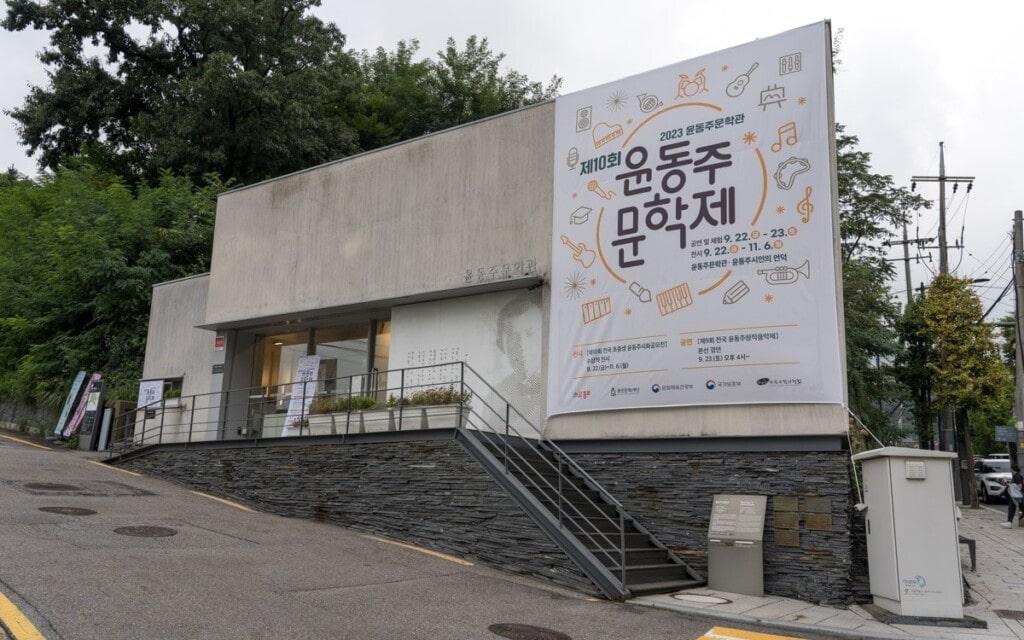
The Yun Dong-ju Literature Museum is dedicated to Yoon Dong-ju, one of Korea's most beloved poets. Yoon's extensive collection of over 100 poems, including 'Sky, Wind, Stars, and Poem,' was profoundly influenced and shaped by the colonial rule that prevailed during his lifetime. Yoon composed his entire body of poetry in the Korean language.
Last Updated on Mar 14, 2025
